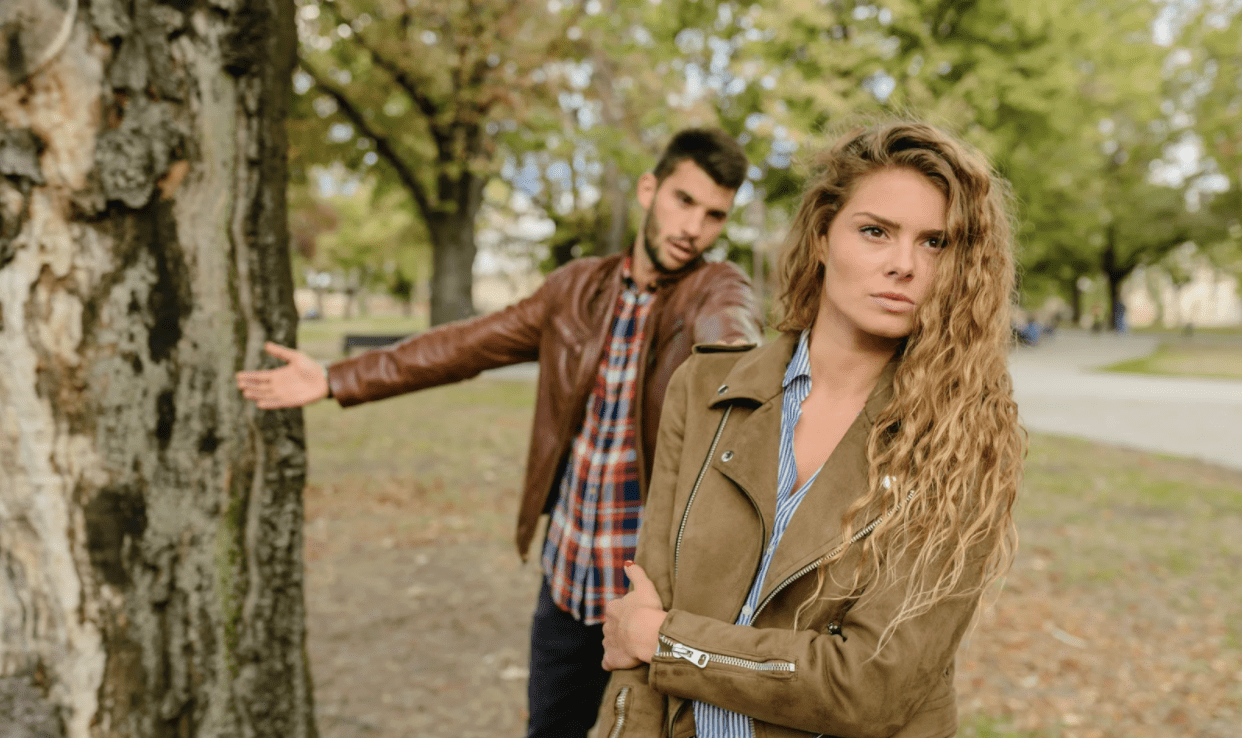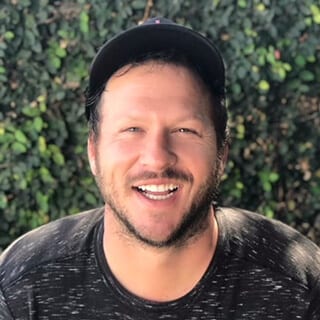
We all need love and affection, so romantic relationships are one of the most important relationships we form in life. But, the romanticized dream of spending your life with someone, can have a twisted turn and become a nightmare.
In this article, we will explain abusive relationships – what they are and their signs, how to spot abusers, and most importantly, how to leave them behind and never turn back.
What is an Abusive Relationship?
An abusive relationship is a relationship where one is doing psychological, social, sexual, financial, or physical torture to the other to show and maintain power and control.
In heterosexual abusive relationships, the abusers are predominantly males, but that is by no means a rule. One of the biggest problems in today’s domestic or relationship violence is that men are less likely to confess that they are being abused, mainly because people won’t believe them or they’re afraid of being ridiculed. That leads to a lot of unrecorded female to male abuses, thus misleading statistics.
By modern social psychology theories, it is believed that men are more likely to abuse by causing physical and emotional pain. On the other hand, women abusers use means of psychological and social torture. Most of the time, an abusive relationship will have all of the previously mentioned contexts and not just one.
Am I in an Abusive Relationship?
The signs of an abusive relationship are:
-
Psychological abuse
Consists of the abuser calling the victim names, belittling them, making fun, giving their secrets, gaslighting, manipulating, threatening, etc.
-
Social torture
Social abuse is the act of trying to turn other people against the victim, controlling the victim’s social circle, restricting their movement or freedom of choice, controlling their social media or phone/internet usage, and so on. Often, the abuser is trying to alienate the victim from their family and friends since those are the most likely to spot the abuse and stand up for the victim.
-
Sexual abuse
In a sexual context, the abuser can force or manipulate the victim into sexual acts that the victim doesn’t want to do. The National Coalition Against Domestic Violence (NCADV) gives statistical data of “around 14% to 25% of women being sexually assaulted by their partners during a relationship. In abusive relationships, that number goes up to 45% of women being sexually assaulted, aside from other kinds of abuse.”
-
Financial abuse
Financial abuse is consisted of taking money out of the victim; or, if they don’t work, restricting and controlling the money they use and what they use it for. It might also include restrictions about working and working hours or controlling how the victim spends their own money.
-
Physical abuse
Physical abuse is the most common (and most easily noticed) type of violence. In physical abuse, the abuser is hitting, dragging, pulling, scratching, pushing, or using a weapon/tool to cause pain to the victim.
How do you Spot an Abuser?
There isn’t a simple way to spot an abuser, but there are some characteristics that abusers are more likely to have. They include:
- Always wanting to be right
- Having a high opinion of themselves
- Being easily triggered
- Needing to control people and situations
- Are prone to jealousy (this is not limited only to jealousy towards possible love rivals)
- Want to belittle people

5 Steps to Leave an Abusive Relationship
Have a Support System
If you want to leave an abusive relationship, you first need to acknowledge the fact that you are actually in an abusive relationship. Since there is also psychological abuse, the victims are led to believe that the abuse is not real, that it’s their fault, that it won’t happen again, etc.
Once you are aware that you need to leave that relationship for your good, you need a good support system. That can be friends, family, co-workers, therapists, hotlines, violence victim shelters – where ever you know you will be comfortable, but safe too.
The Office of Women’s Health (OWH) explains that women’s shelters are free, safe, and warm places for violence survivors (and their kids) to stay. In this stage, you also might need a secret phone if you live with an abuser that is controlling and goes through your phone.
Make an Escape Plan
If you live together with the abuser, it’s very important to have an escape plan. The escape plan includes a date and means of leaving, a bag with necessities and clothes, important documents, cash on the side, and whatever else you think that you need. If you want to leave as soon as possible, a shelter (or a safe place with relatives) might be the best option. If you have kids, you might want to take them with you. This complicates things, so be sure that you start packing your and your kids’ bags once you are sure that you will have time to leave unhurt.
For some victims, leaving an abusive relationship includes a lot more planning. They might rent an apartment; gather evidence from the abuse to use in the future; get bus/plane tickets; make copies of important documents; and everything else they might need, depending on the situation.
Stick to the plan and leave. Once and for all
This is the step of actually leaving. And leave the abusive relationship for good. The psychological abuse often goes to the extent that the victim is manipulated into trusting or pitying their abuser. This is usually accompanied by excuses like “he/she still loves me”, “he/she didn’t mean it”, ”It won’t happen again”, “I can change him/her”, “he/she will kill me or himself/herself”…
Stay safe with close and reliable people
Once you leave, it’s important not to tell a lot of people where you stay. This is a safety measure since a lot of abusers won’t easily let their victims go. They want to control and feel in power, and once the victim doesn’t comply, their rage increases. With that, chances of even bigger abuse increase too.
If you are scared for your safety or think that your abuser might find you, make sure that you get a restraining order against them. If they appear, do call the police and don’t hesitate. Making a firm stance against your abuser is the first step towards them giving up.
Get Therapy or Counseling
Abusive relationships are very damaging for the individual. They leave long-lasting stress, anxiousness, fear, uncertainty, low self-esteem, bad picture of the self, among other things. Sometimes, they might even leave physical scars. If you want to take the control back and remember that relationship as the event that turned you into a strong warrior, you can use the help of a therapist.
Getting Professional Help
An abusive relationship is one where one person is trying to maintain control and power over the other, usually through physical, psychological, social, sexual, or financial abuse. For the victim to leave, they should have a support system of friends and institutions, have an escape plan and stick to it, go to a safe place, take any legal measures (if needed) and visit a therapist who can help with the long-lasting psychological effects.
If you or someone you know is struggling with abuse, or want to leave an abusive relationship or addiction, or looking for a supportive group of women in Orange County, California, call 866-600-7709 and talk to a member of the Anchored Tides Recovery team.































